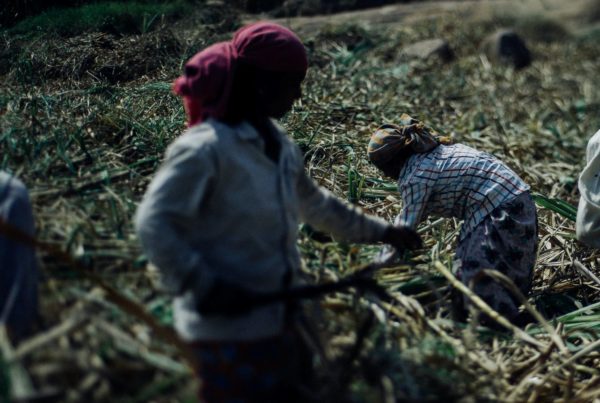Abstract
Just more than one hundred years after the implementation of the 1913 Land Act, the subject of land reform and rural development are still at the forefront of public discourse within South Africa. Much of the literature suggests that post-apartheid interventions have not been successful at improving small-scale agriculture, which is seen as an important vehicle for improving rural food security. Nevertheless, data from the General Household Survey (GHS) indicate that household hunger levels have declined substantially in the post-2000 decade across the entire nation (as other estimates of household poverty have also indicated). In particular, this paper demonstrates that this trend has been more pronounced in the former homeland regions, eliminating the previously higher incidence of hunger there. Using linear probability models, this paper seeks to isolate which factors have led to the convergence of the homeland regions’ household hunger levels and those of households residing in non-homeland parts of the country. The historical context that is sketched here highlights the severe challenges faced by farmers in former homeland areas; this raises the question how convergence in food security occurred, given that many agricultural interventions in rural areas (also in homelands) have not attained the success that was hoped for. In particular, the proportionately larger reliance on social grants in homelands regions accounts for a part of the faster reduction in hunger levels there. Communal gardens and connections to the agricultural market have also reduced hunger within former homelands regions. The long-term sustainability of grants in bolstering food security is of concern, highlighting the need for greater market integration of small-scale farmers in homeland regions.
https://ideas.repec.org/p/sza/wpaper/wpapers202.html
Pienaar, L. and Von Fintel, D, 2013. Hunger in the former apartheid homelands: Determinants of converging food security 100 years after the 1913 Land Act (No. 26/2013).






